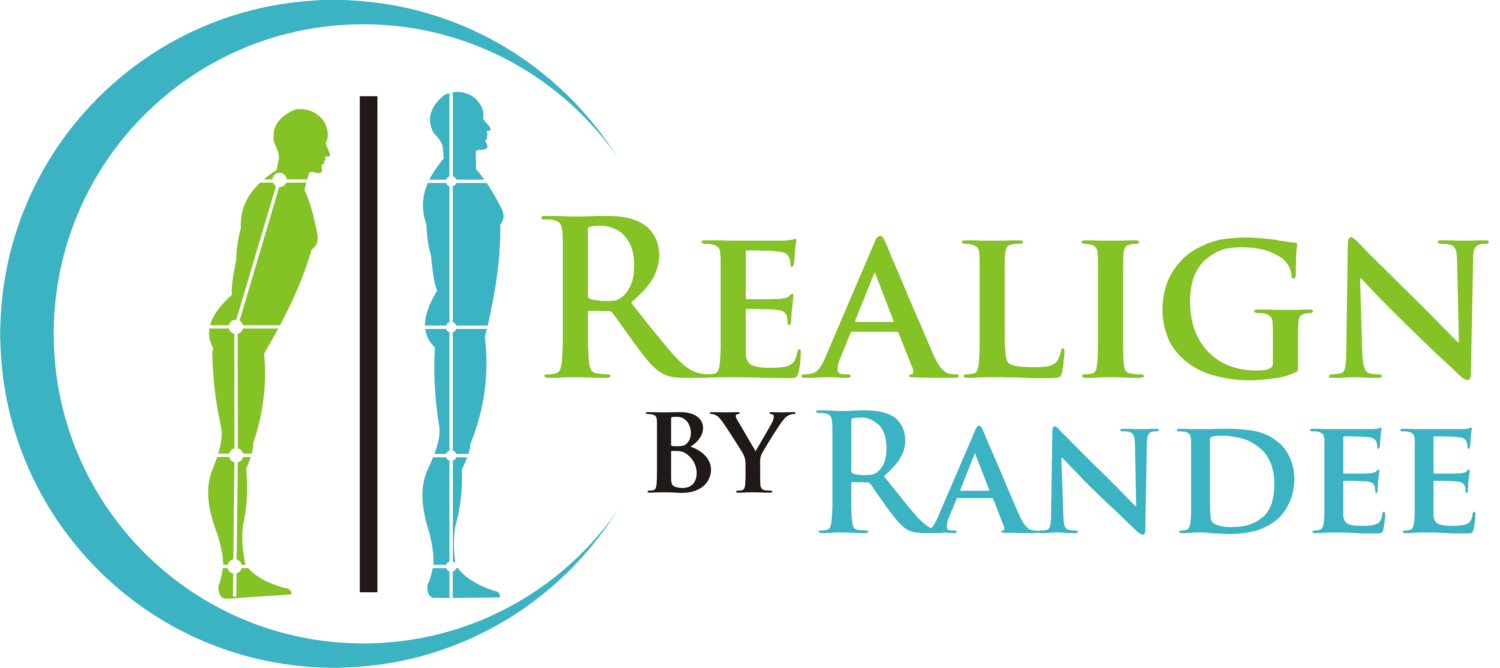Frustrated trying Returning to Fitness After Minor Injuries: How to Rebuild
As we age, it’s common to feel like our bodies are no longer keeping up with our fitness routines, especially after even a minor injury or flare-up of chronic symptoms. The good news? It’s not the end of your progress. In fact, it’s an opportunity to realign, rebuild, and come back stronger, with more body awareness than before.
Why It Feels Different as We Age
One of the most common challenges as we get older is that recovery simply takes longer. You’re not alone in noticing this. Some people bounce back quickly, while others feel stiff, weak, or off-balance for days or weeks after an injury or period of rest. This variation often comes down to:
The resilience of your connective tissue
The stability of your joints
And your body’s overall alignment and movement patterns
The key to long-term fitness is consistency and adaptation, not pushing through pain or forcing the body into its old rhythm too quickly.
How to Safely Return to Exercise After a Minor Injury
Returning to movement should be intentional and progressive. Even if your mind is ready to jump back in full force, your body needs to rebuild tissue strength and coordination gradually.
Here’s a gentle progression to follow:
Step 1: Start Small
Begin with just 15 minutes of light exercise, even walking or basic mobility work on the first day or two.
Step 2: Build Volume Gently
If tolerated, try two 15-minute sessions per day with rest in between.
Step 3: Increase Duration or Intensity Slightly
Move up to 20–30 minutes per session over the next few days, slowly increasing intensity or complexity only if the body feels ready.
Modifying Group Fitness Classes (HIIT, Yoga, Pilates Reformer, Spinning etc.)
If you're used to attending HIIT, YogaFit, Pilates Reformer, or similar group classes, it can feel frustrating to "go slow." But modifying your return is critical.
Two Options:
Independent Motivation?
Try simulating the structure of your class at home with lighter movements and shorter sessionsReturning to Class?
Walk through the exercises with light or no weight
Slow down to half-speed of the regular pace
Focus on form and breath, not intensity
The goal is to gradually reintroduce tissue loading, allowing muscles, tendons, and joints to adapt without flaring symptoms or re-injuring.
The Mental and Emotional Side of Recovery
It’s easy to feel discouraged when your body can’t do what it once did. But that 15-minute walk or light circuit is still a powerful win. Over time, these consistent efforts add up, and eventually, you’ll reach the point where you feel strong, mobile, and confident again.
Getting back into a routine isn’t just about fitness; it’s about giving your body the stimulus it needs to thrive, maintain independence, and enjoy life fully as you age.
Final Thoughts: Realign, Rebuild, Return
Minor injuries or chronic flare-ups don’t mean you’re losing progress; they’re your body’s way of asking for more alignment, balance, and care.
Start small. Stay consistent. Trust the process.
Your body is still capable of incredible things, and the right approach can help you get back to doing what you love, pain-free and empowered.
